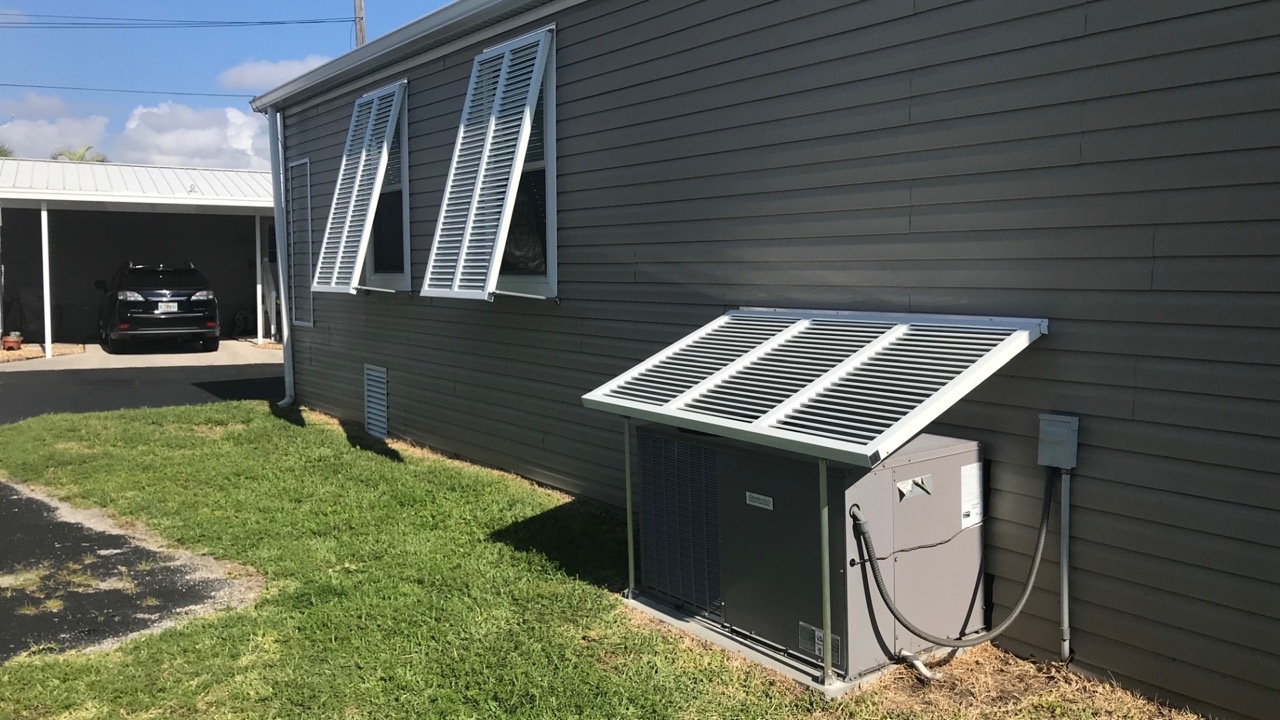

Articles
How To Shade Your Outside AC Unit
Modified: February 28, 2024
Learn how to effectively shade your outside AC unit to improve its efficiency and prolong its lifespan. Read our articles for expert advice and tips.
(Many of the links in this article redirect to a specific reviewed product. Your purchase of these products through affiliate links helps to generate commission for Storables.com, at no extra cost. Learn more)
Introduction
When it comes to keeping your home cool during the summer months, your outside air conditioning unit plays a vital role. However, if exposed to direct sunlight for extended periods, your AC unit may struggle to maintain optimal performance and energy efficiency. This is where shading your outside AC unit becomes crucial.
Shading your AC unit provides several benefits. It helps to reduce the temperature around the unit, which in turn improves its efficiency and extends its lifespan. By shielding the unit from direct sunlight, you can prevent it from working harder than necessary, resulting in lower energy consumption and reduced utility bills.
In this article, we will guide you through the steps to effectively shade your outside AC unit, ensuring optimal performance and energy efficiency for years to come.
Key Takeaways:
- Shading your outside AC unit not only improves energy efficiency and lifespan but also enhances comfort. Choose the right location and structure, ensure proper ventilation, and maintain the shade for optimal results.
- Properly shading and maintaining your outside AC unit can lead to improved efficiency, reduced energy consumption, and extended lifespan. Enjoy a cooler home and lower utility bills with these simple steps.
Read more: What Is Outside AC Unit Called
Step 1: Find a Suitable Location for Shading
The first step in shading your outside AC unit is to find a suitable location for the shade structure. Ideally, you want to place it in an area that provides adequate protection from direct sunlight without obstructing the unit’s airflow.
Start by conducting a thorough inspection of your property. Look for areas that have natural shade, such as under large trees or near the side of your house that receives less direct sunlight. These locations can offer an excellent starting point for placing your shade structure.
Additionally, consider any existing structures on your property, such as a pergola, awning, or gazebo, that could potentially provide shade for your AC unit. It’s important to ensure that the chosen area is easily accessible for installation and maintenance purposes.
Keep in mind that the distance between the shade structure and the AC unit should be sufficient to allow for proper airflow. Blocking the airflow can lead to reduced efficiency and potential damage to the unit. Aim to leave at least two feet of clearance around the sides and top of the unit.
Once you have identified a suitable location, it’s time to move on to the next step: choosing the right shade structure for your outside AC unit.
Step 2: Choose the Right Shade Structure
Choosing the right shade structure for your outside AC unit is crucial to providing effective protection from sunlight. There are several options available, each with its own benefits and considerations.
One popular choice is a pergola or arbor. These structures typically consist of a series of parallel beams or rafters that provide partial shade. They can be freestanding or attached to an existing structure, such as the side of your house. Pergolas and arbors offer a visually appealing option, adding aesthetic value to your outdoor space.
Another option is a shade sail. These are large pieces of fabric that are stretched tightly between posts or anchored points, creating a floating canopy. Shade sails are versatile and can be customized to fit your specific needs and the layout of your outdoor area. They are available in various shapes, sizes, and colors, allowing you to blend them seamlessly into your existing aesthetic.
Alternatively, you can consider a patio umbrella or canopy. These portable options provide instant shade and can be easily adjusted or moved to suit your preferences. They are a convenient solution if you are looking for a temporary or flexible shade structure.
When choosing a shade structure, consider factors such as durability, weather resistance, and maintenance requirements. Opt for materials that can withstand the elements, such as UV-resistant fabric or treated wood. Additionally, ensure that the structure is securely anchored to prevent it from being affected by strong winds or storms.
After selecting the right shade structure, proceed to the next step: installing the shade structure to provide optimal protection for your outside AC unit.
Step 3: Install the Shade Structure
Now that you have chosen the right shade structure for your outside AC unit, it’s time to proceed with the installation process. The method of installation will vary depending on the type of shade structure you have selected.
If you have opted for a pergola or arbor, start by measuring and marking the area where the structure will be installed. Ensure that it is level and properly aligned with any existing structures. Dig holes for the support posts, ensuring they are deep enough to provide stability and secure anchoring.
Next, position the support posts in the holes and fill them with concrete to secure them in place. Allow sufficient time for the concrete to cure before attaching the beams or rafters to the posts. Ensure that the structure is sturdy and secure.
If you have chosen a shade sail, begin by identifying the anchor points where the sail will be attached. These can be existing structures, such as the side of your house, or purpose-built poles installed specifically for the shade sail. Securely fasten the sail to the anchor points, ensuring it is taut and properly tensioned.
For patio umbrellas or canopies, follow the manufacturer’s instructions for installation. This typically involves assembling the frame, extending the canopy, and securing it in place using the provided fasteners or weights.
Throughout the installation process, pay attention to the positioning of the shade structure in relation to your outside AC unit. Ensure that the shade effectively covers the unit while maintaining the required clearance for proper airflow.
Once the shade structure is securely installed, you can move on to the next step: providing proper ventilation for your shaded outside AC unit.
Be sure to regularly clean the area around your outside AC unit to prevent debris from blocking airflow and hindering its performance. This can help improve efficiency and extend the life of the unit.
Step 4: Provide Proper Ventilation
While shading your outside AC unit is essential for protecting it from direct sunlight, it’s equally important to ensure proper ventilation. Adequate airflow is crucial for the efficient operation of your AC unit and to prevent overheating.
Start by inspecting the area surrounding the shaded AC unit. Remove any debris, leaves, or obstructions that may hinder the airflow. Trim back any nearby plants or shrubs that could impede the circulation of air.
Consider installing a louvered fence or screen around the shaded area. These structures provide a barrier to protect the unit while allowing air to freely flow through the louvers. Louvered fences also offer additional privacy and can enhance the aesthetics of your outdoor space.
Furthermore, consider incorporating vents or openings in the shade structure itself. This can be achieved by adding slits or gaps in the fabric of a shade sail or designing the pergola in a way that allows air to pass through. These intentional openings will promote better airflow and ventilation around the AC unit.
Regularly inspect the ventilation system of your AC unit to ensure that it is clear of any blockages or obstructions. This includes cleaning or replacing the air filters as recommended by the manufacturer. Adequate airflow will not only improve the performance of your AC unit but also contribute to its energy efficiency.
By providing proper ventilation for your shaded outside AC unit, you can ensure optimal performance and longevity.
Once you have taken care of the ventilation, proceed to the final step: maintenance of the shade structure and the AC unit.
Read more: How To Clean AC Unit Outside
Step 5: Maintain the Shade Structure
Maintaining the shade structure is important to ensure its longevity and effectiveness in shading your outside AC unit. Regular maintenance will help to keep the structure in good condition and extend its lifespan.
Start by inspecting the shade structure on a regular basis. Look for any signs of wear and tear, such as loose bolts or screws, torn fabric, or damaged supports. Address any issues promptly to prevent further damage. Tighten any loose components and replace any damaged parts as needed.
Keep the shade structure clean from dirt, debris, or mold that may accumulate over time. Depending on the material, you may be able to use a gentle hose or brush to clean the structure. Avoid using harsh chemicals or abrasive cleaning agents, as they can damage the fabric or surface of the shade structure.
If you have a shade sail, consider removing it during severe weather conditions or during winter months to protect it from potential damage. Store it in a dry place until it can be reinstalled.
Regularly trim any nearby vegetation that may encroach upon the shade structure. Overgrown branches or leaves can cause damage to the structure and inhibit its effectiveness in providing shade.
Finally, regularly inspect and maintain the area around the shaded AC unit. Clean any debris or dust that may accumulate on or around the unit. Ensure that the shade structure is still providing adequate coverage and that the airflow remains unobstructed.
By following these maintenance practices, you can ensure that your shade structure continues to provide effective shading for your outside AC unit for years to come.
With the installation of the shade structure and proper maintenance, you have taken the necessary steps to protect and optimize the performance of your outside AC unit. Enjoy the benefits of improved energy efficiency and comfortable indoor temperatures while prolonging the lifespan of your AC unit.
Conclusion
Shading your outside AC unit is a practical and effective way to enhance its performance, energy efficiency, and lifespan. By following the steps outlined in this article, you can create a suitable shade structure that not only protects your AC unit from direct sunlight but also allows for proper ventilation.
Remember to carefully choose the location for shading, ensuring it provides adequate protection without impeding airflow. Select the right shade structure for your needs, considering factors such as durability, maintenance requirements, and aesthetic appeal.
Once installed, provide proper ventilation by clearing any obstructions and incorporating vents or openings in the shade structure. Regular maintenance of the shade structure itself is also important to ensure its longevity and effectiveness.
By shading your outside AC unit, you can enjoy improved efficiency, reduced energy consumption, and lower utility bills. Additionally, you can extend the lifespan of your AC unit, saving you the cost of premature replacements.
Take the time to invest in shading your outside AC unit and enjoy the benefits of a cooler and more comfortable home throughout the hot summer months. Your energy-efficient and well-protected AC unit will thank you!
Frequently Asked Questions about How To Shade Your Outside AC Unit
Was this page helpful?
At Storables.com, we guarantee accurate and reliable information. Our content, validated by Expert Board Contributors, is crafted following stringent Editorial Policies. We're committed to providing you with well-researched, expert-backed insights for all your informational needs.

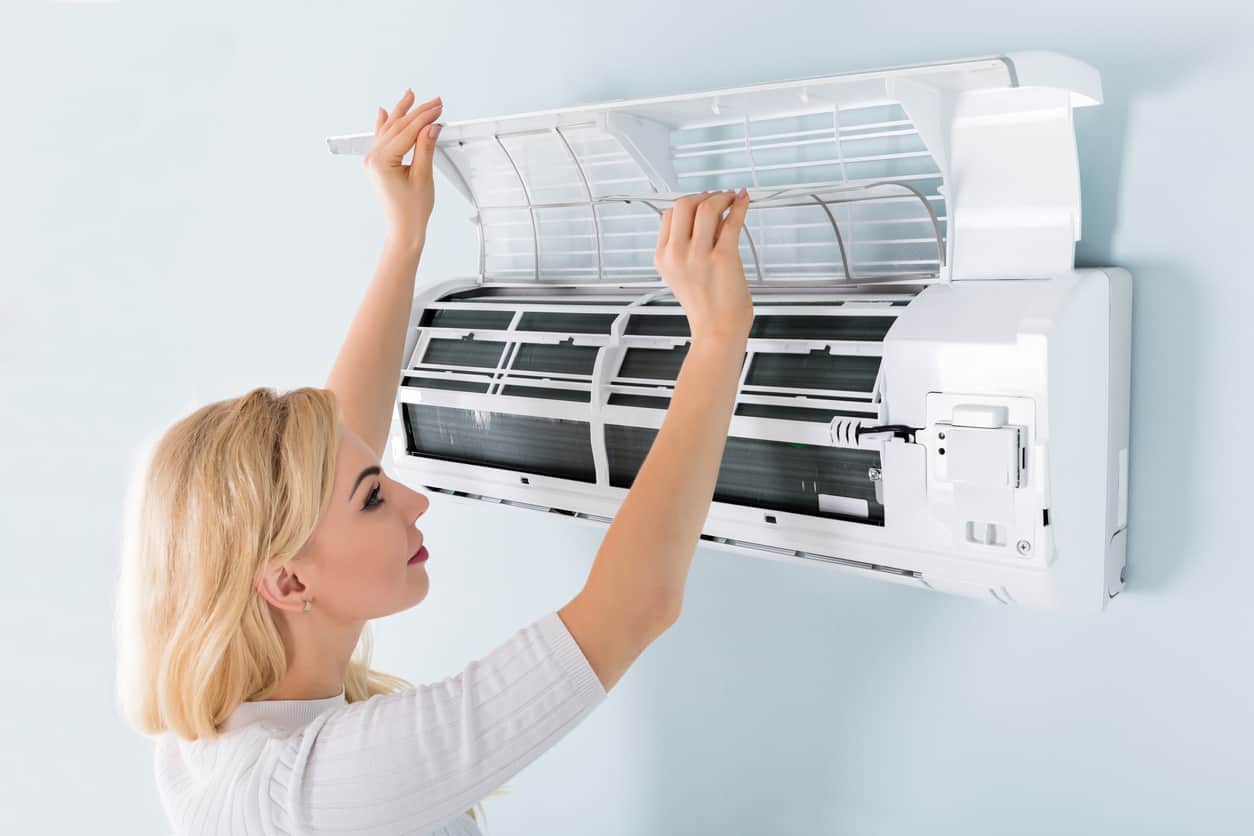
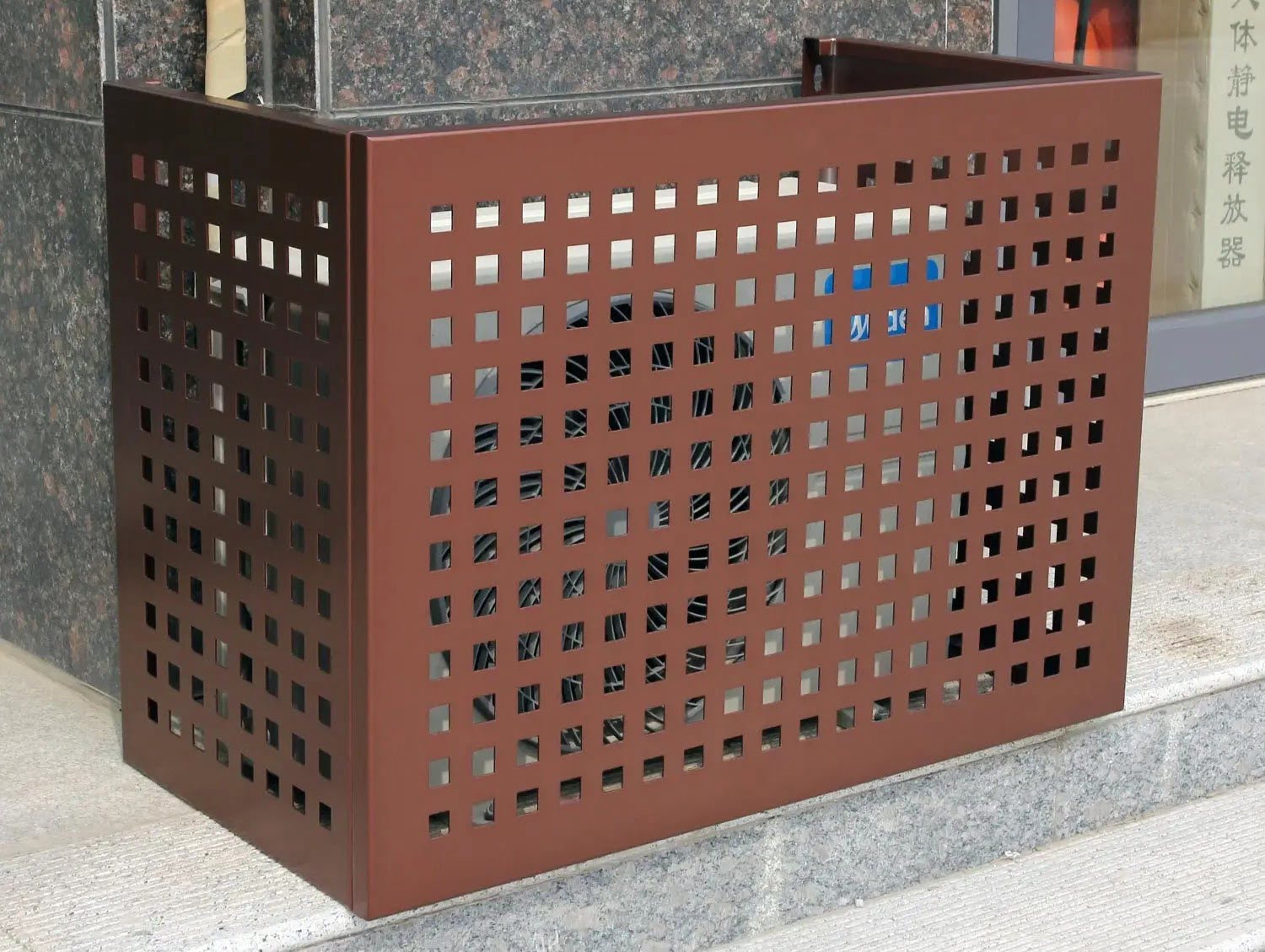
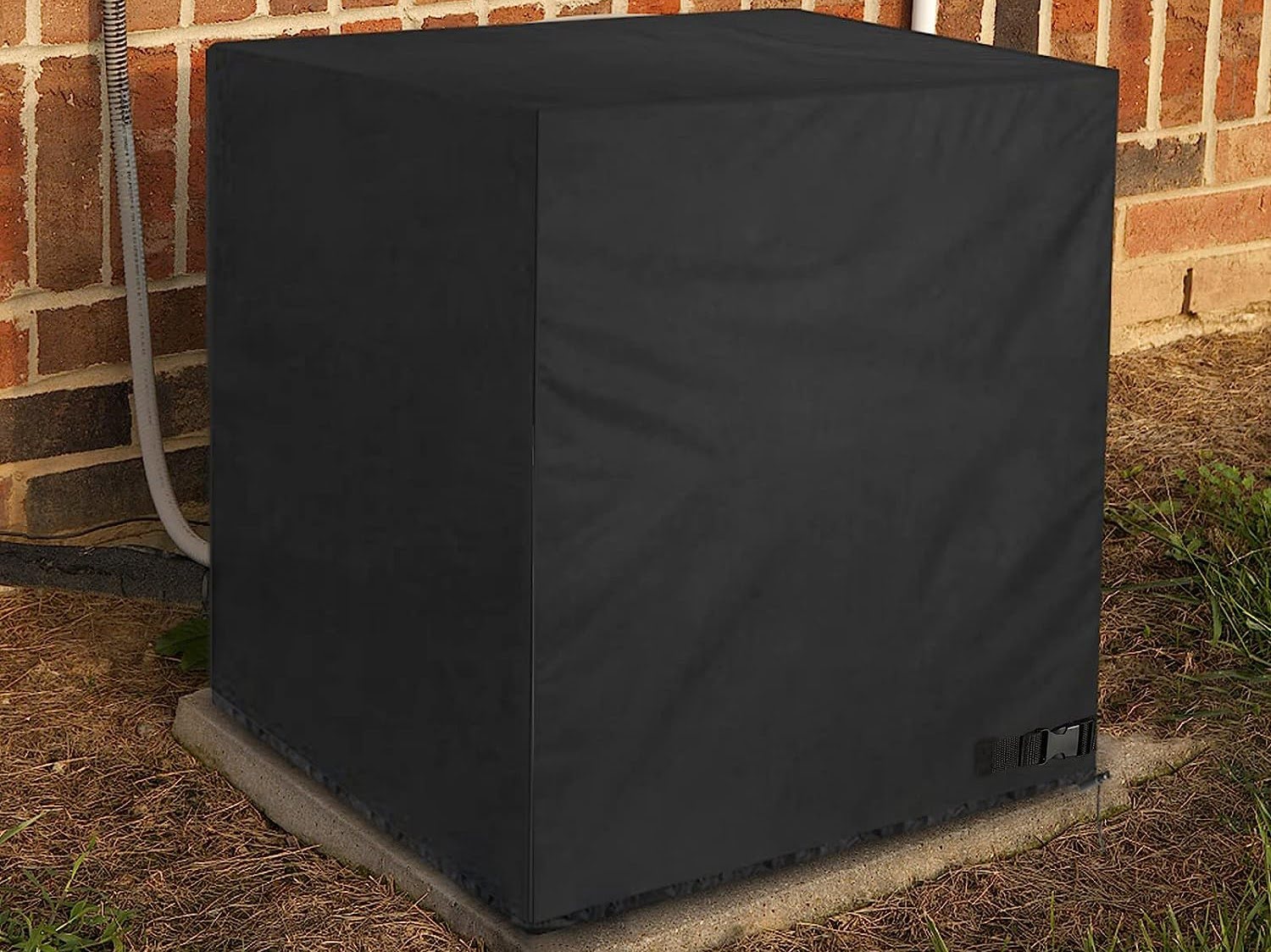
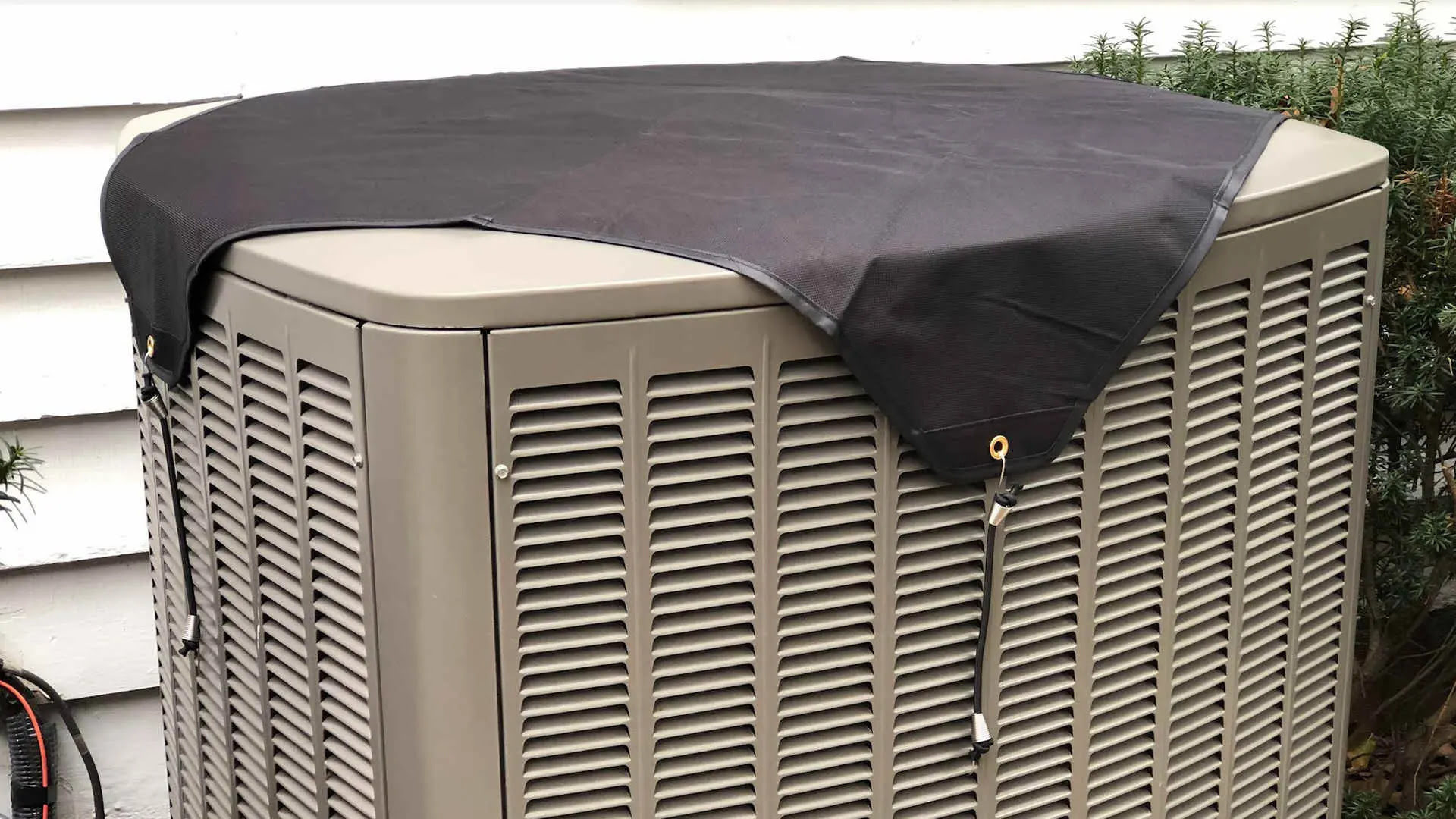
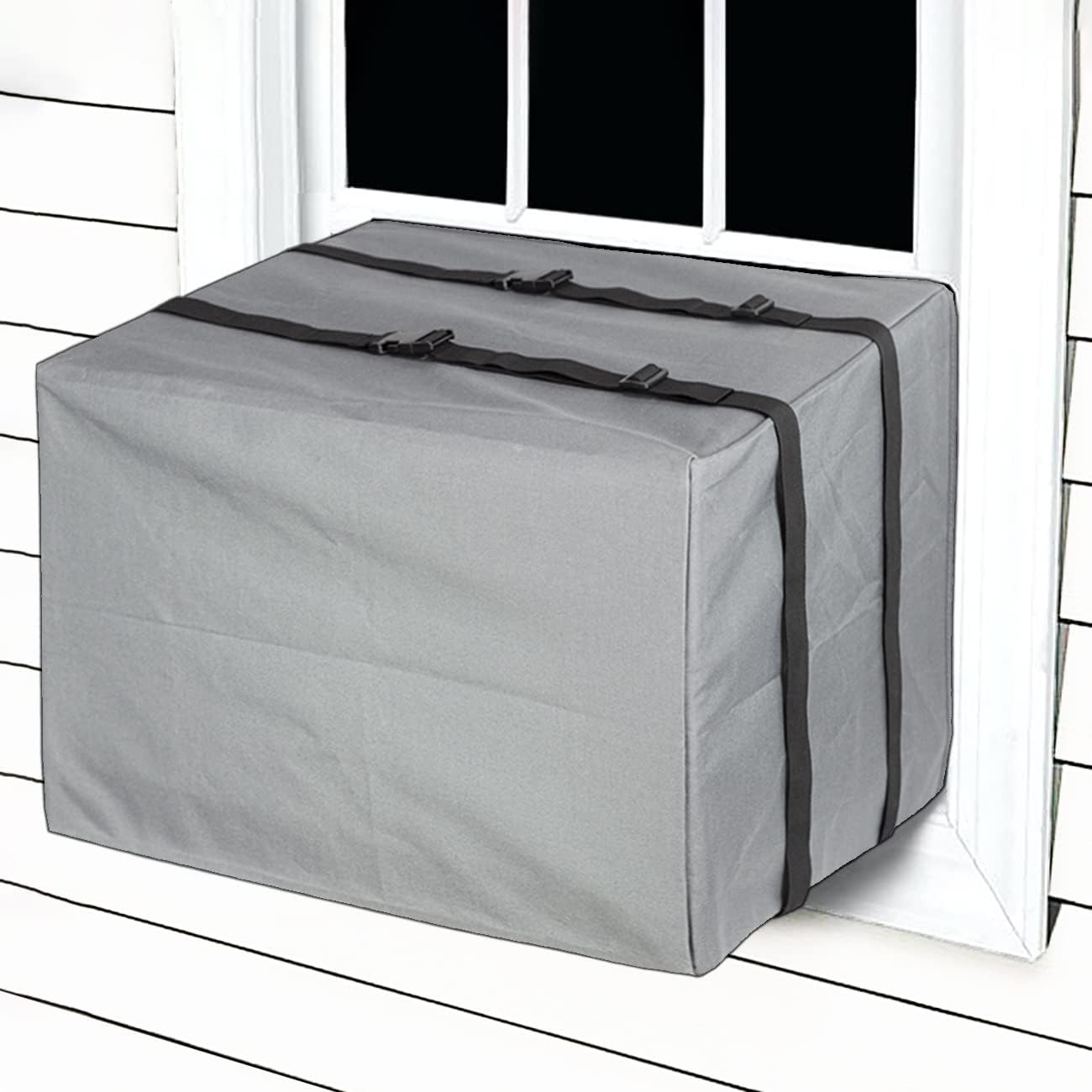
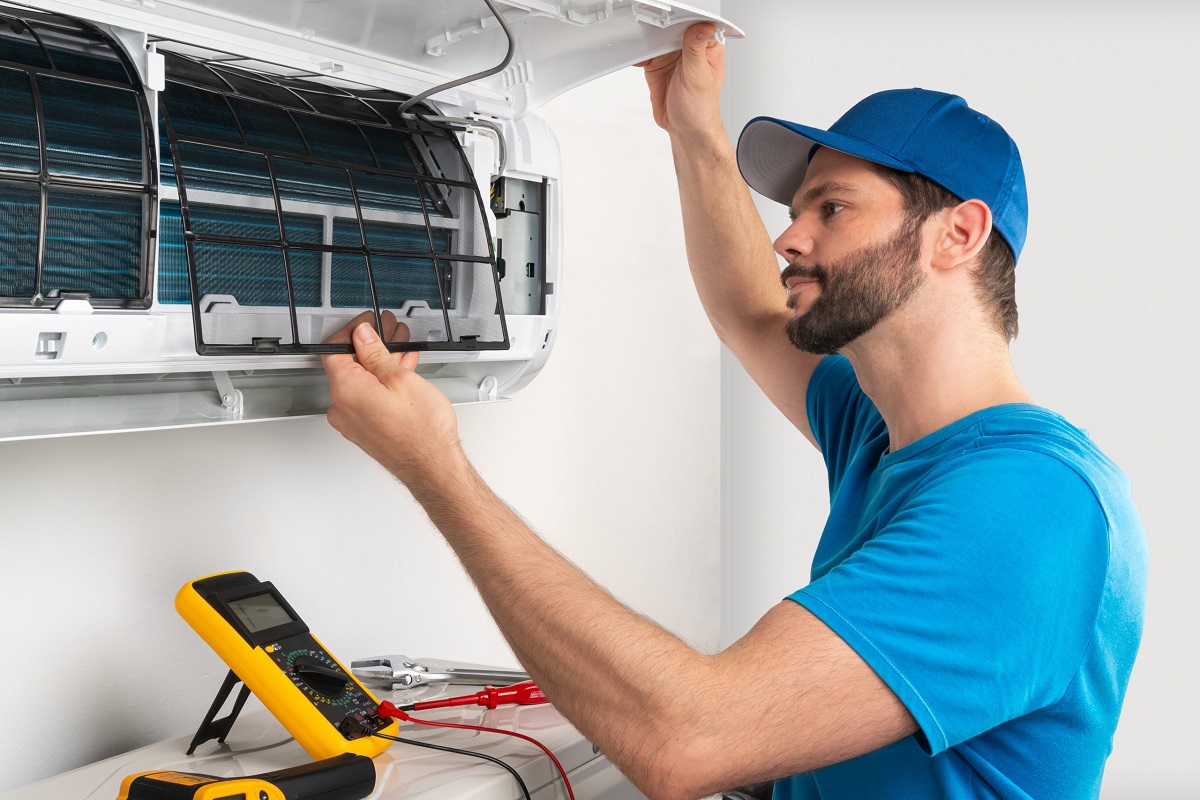
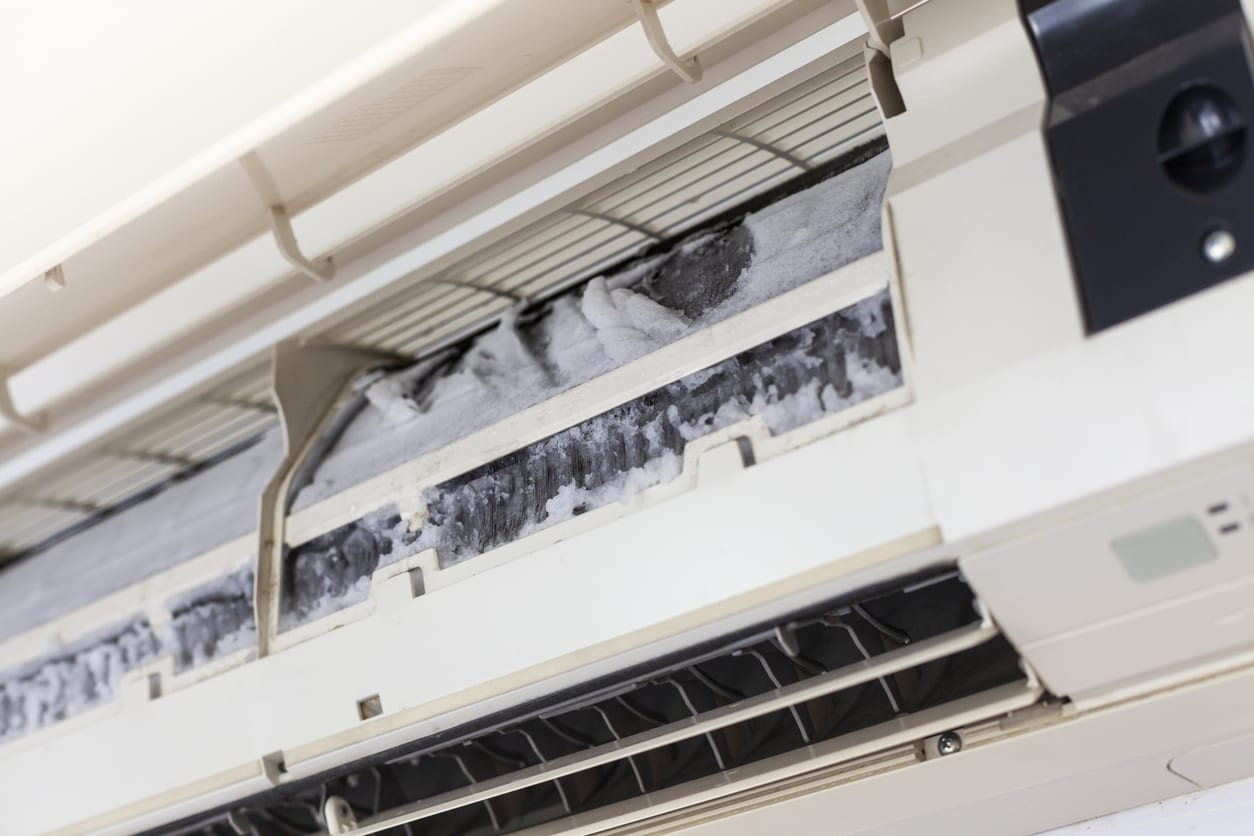
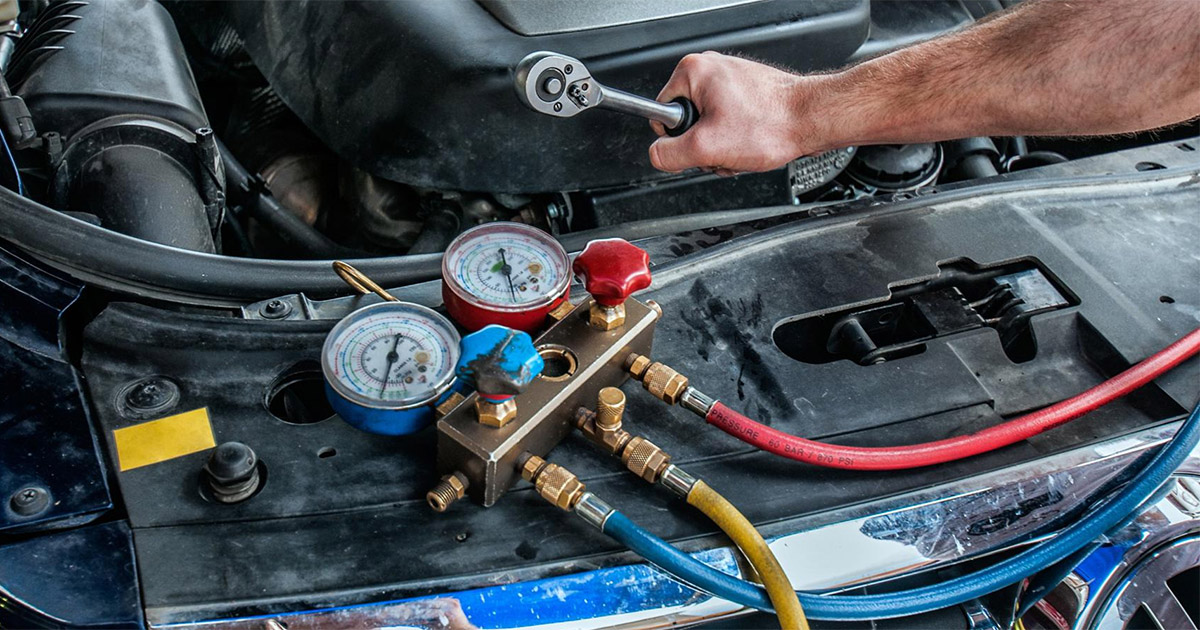
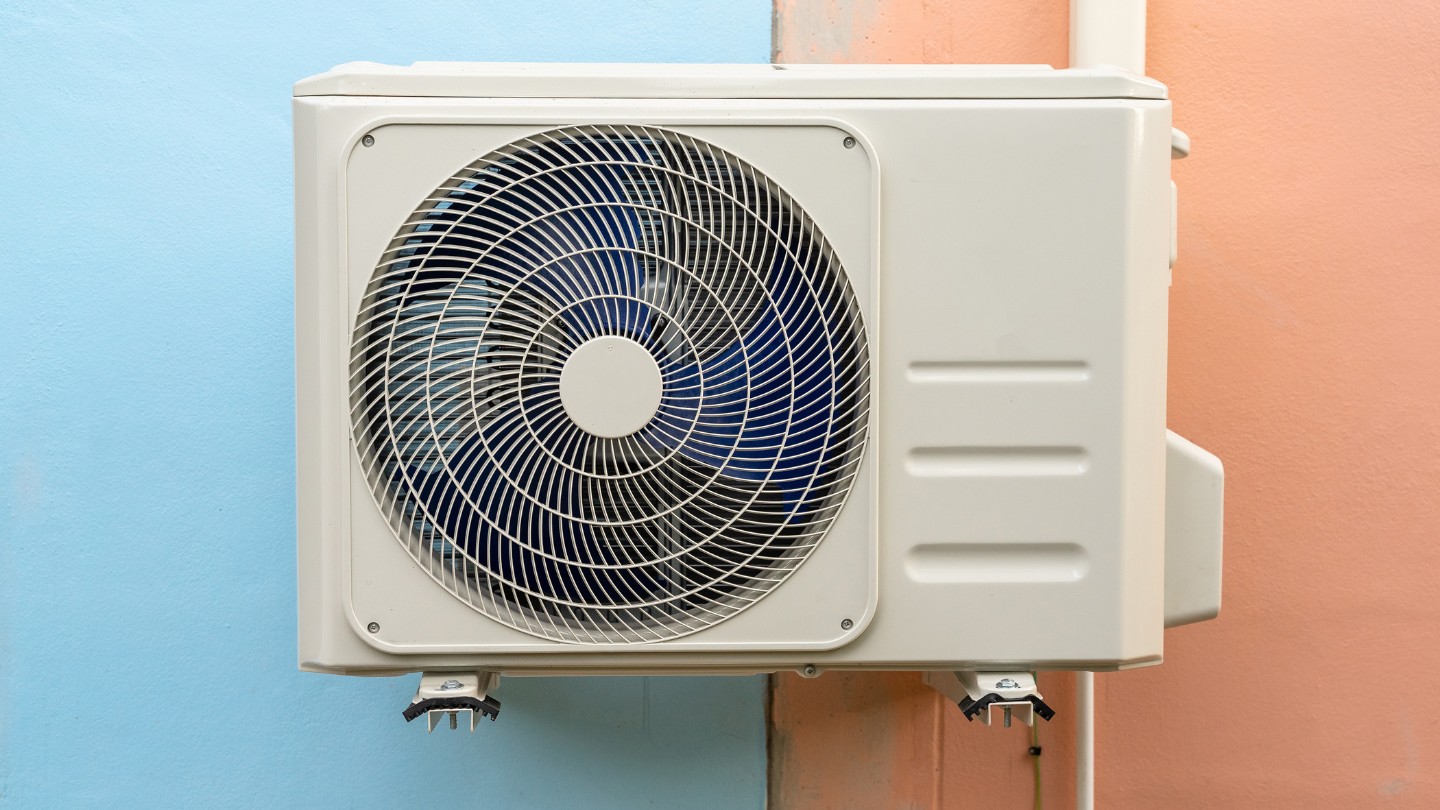
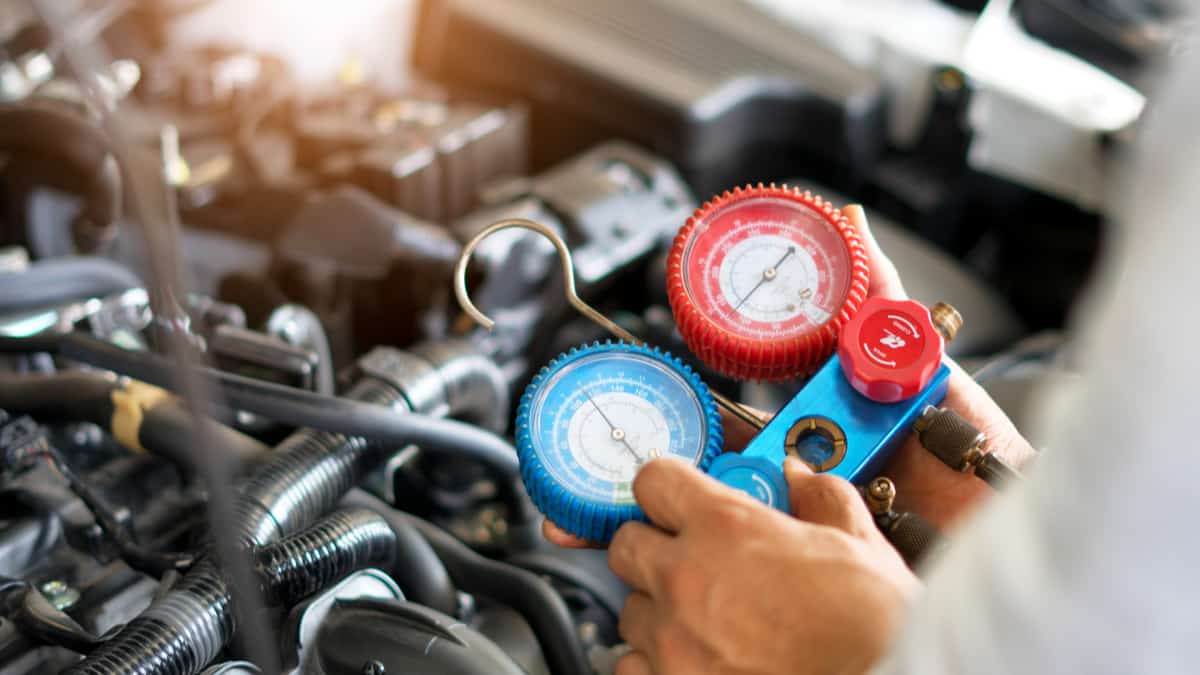
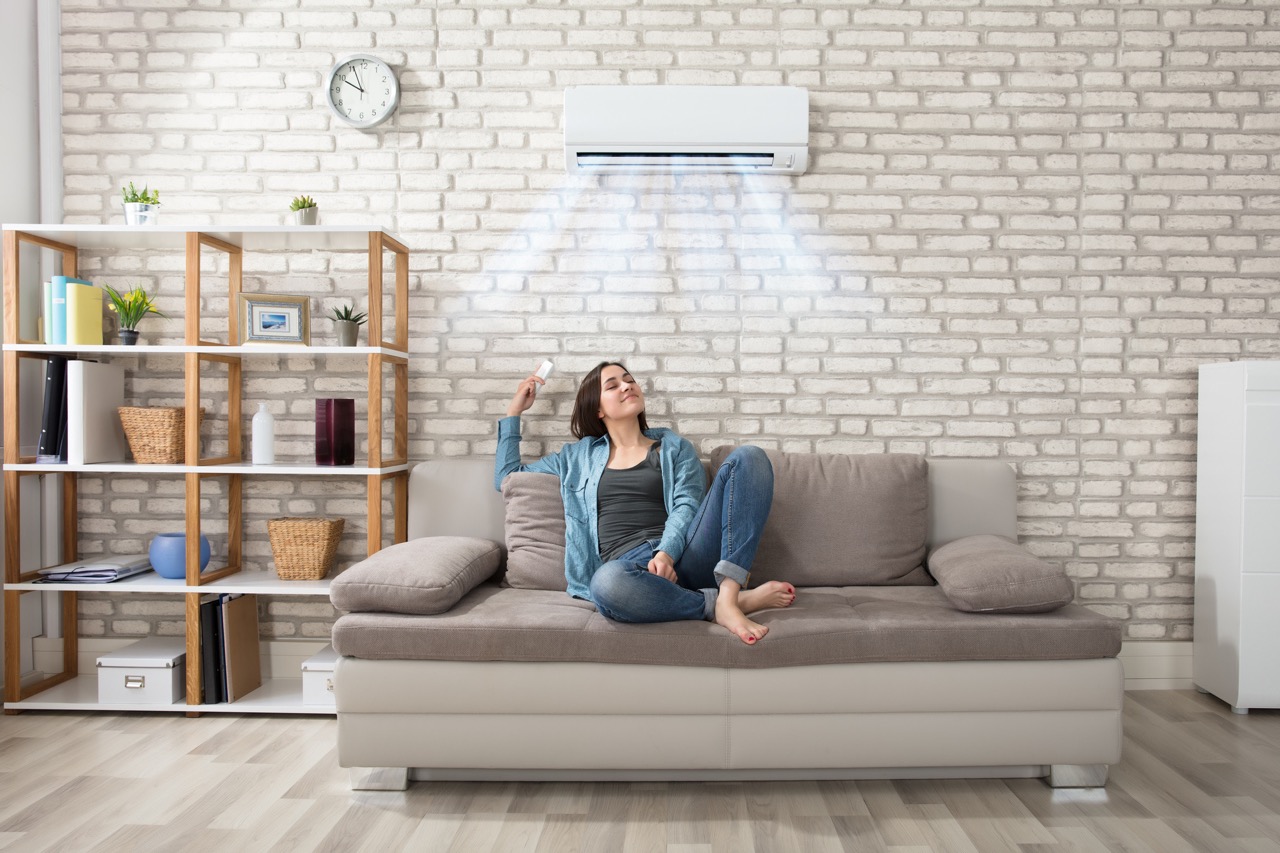
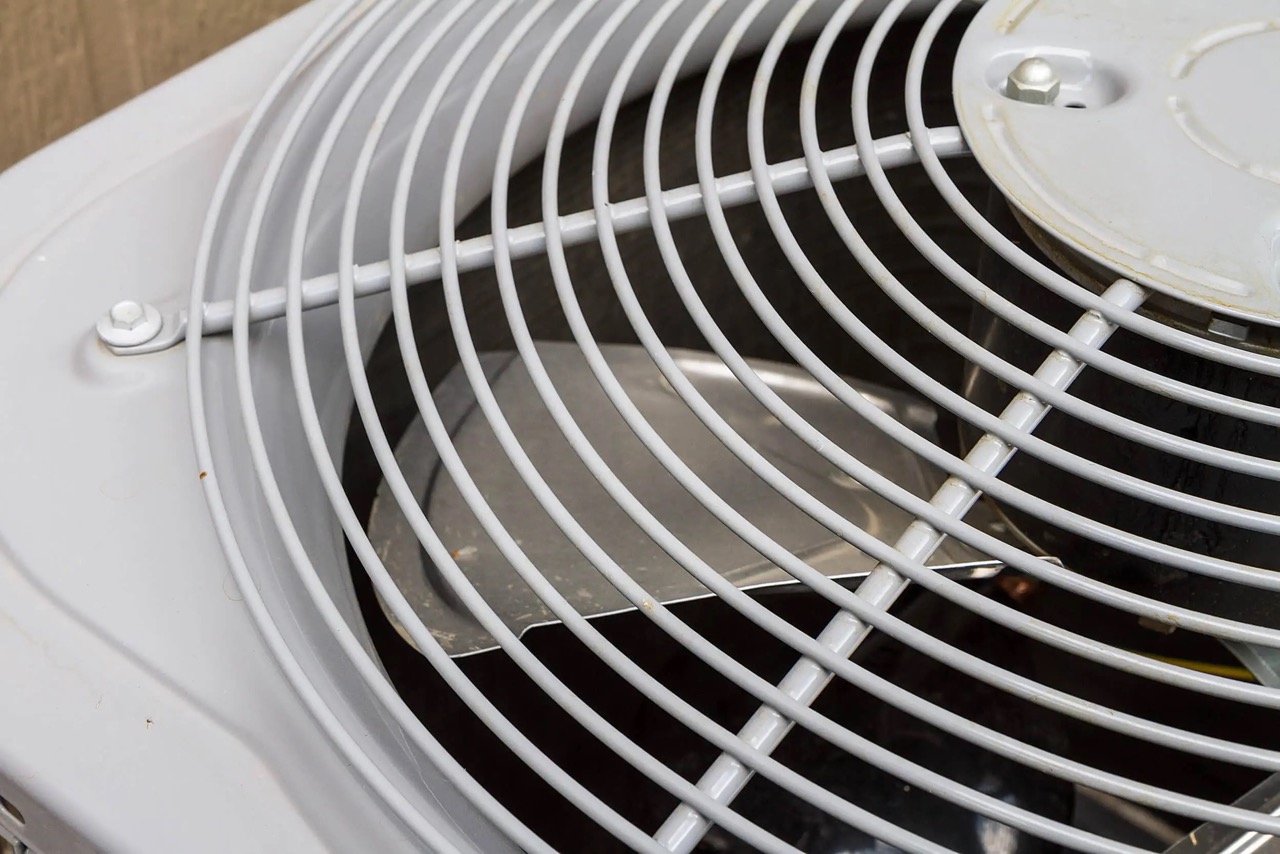
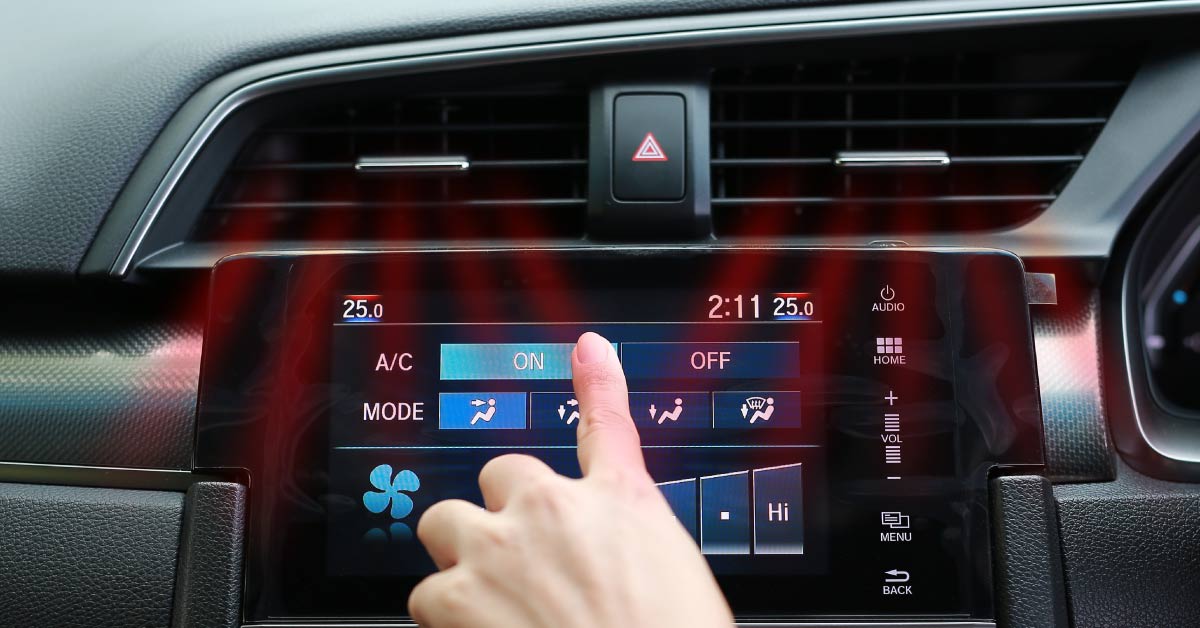

0 thoughts on “How To Shade Your Outside AC Unit”